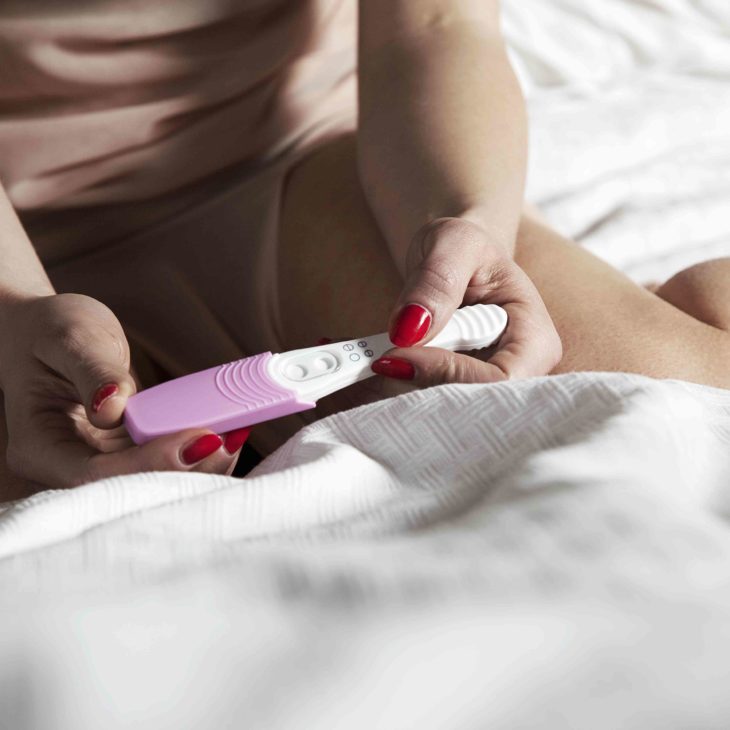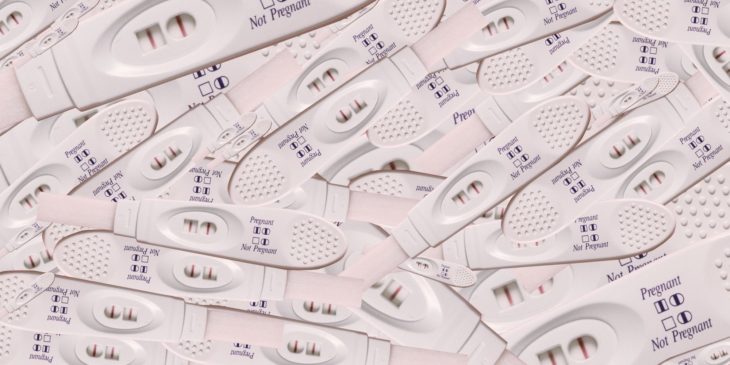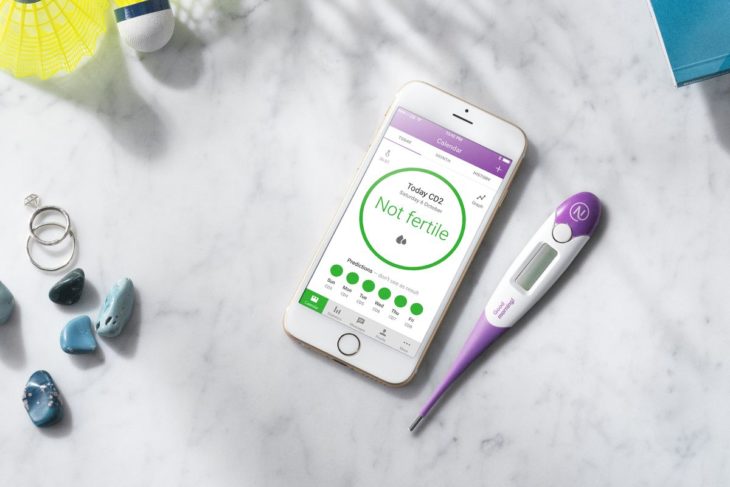I was commenting on how packaged pregnancy tests resemble fruit roll ups when my mother told me scientists once injected bunnies with a woman’s urine to determine whether or not she was pregnant.
“A rabbit?” I was a little stunned by the idea of poor, floppy-eared, innocent rabbits getting shot up with pee. “Oh yeah!” My mother said nodding. “People used to say, well, the rabbit died. And everyone would know she was pregnant.”
An episode of “M*A*S*H” even made reference to the practice when Hot Lips thought she might be pregnant and the only available test was via Radar’s unsuspecting pet rabbit Fluffy.
This method seemed so bizarre to me, that I was compelled to learn more about the history of pregnancy tests. Click on to see what kind of crazy stuff I discovered.
Contents
Grain Urination
Pregnancy tests have a long and sordid history dating back to at least 1350 BC, when women allegedly urinated directly onto bags of barely and wheat. If the wheat grew, it was a girl, and if the barley grew, it was a boy. And if nothing grew; well, you weren’t knocked up after all.
It also sounds like the bags got fertilized for free, so it was a win-win situation.
But did it have any scientific validity? In the 1960s, the test was repeated and scientists discovered that 70 percent of the time, the peeing on bags of grain trick actually works.

Source: pinterst
Piss Prophets
In addition to tinkering with crops and rabbits, “Piss Prophets” were hot commodities in the 1800s and determined a variety of conditions just by the color of a person’s urine. In the 1500’s, pregnancy urine was thought to resemble the color of an off-white lemon with a cloud on its surface.
Sometimes the Piss Prophet would mix up a concoction of wine and urine to see how it would react. Though alcohol can react with proteins in urine and possibly indicate pregnancy, it really just sounds like a waste of wine to me. Hopefully the Piss Prophets used the equivalent of “Three Buck Chuck.”
Rat Injection
In the 1920s, physicians identified the pregnancy hormone hCG and started to inject women’s urine into immature female rats and mice to see if they would go into heat. Adorable rabbits eventually replaced the rodents and scientists started shooting urine into their ear veins to see if she would ovulate within 48 hours.
But the old saying “the rabbit died” is misleading. The rabbit always died because they had to dissect the poor thing to see if it ovulated or not. With rats, they knew much sooner, so they didn’t have to kill them. Way to take one for the team, rabbits.
The Very Scientific But Not-So Accurate Test
Doctors started using more modernized pregnancy tests in the 1960s, just in time for the onset of free love. Scientists used purified hCG to test a woman’s urine sample and observe how the antibodies reacted with the hormone. The test wasn’t always that reliable depending on the variables of the urine sample, so false-negatives and false-positives started popping up.
But where would we be without false pregnancy tests? It’s the stuff TV shows are made of when they decide to jump the shark.

Source: dhgate
Home Pregnancy Tests Hit The Market
In the 1970s, pregnancy testing became more reliable when researchers discovered how to manipulate testing to better identify levels of hCG. The American Journal of Obstetrics and Gynecology published their findings and home pregnancy tests soon exploded onto the market in the late ’70s.
Suddenly, women could turn their bathrooms into a laboratory complete with test tubes and urine concoctions. Though it could be used at home, the accompanying instructions showed a drawing of a man in a lab coat, indicating that a woman should see a doctor for a definitive answer.
The Stigma Of Home Pregnancy Tests
Despite its revolutionary breakthrough, the availability of at-home pregnancy tests were often frowned upon. Their release came just a few years after abortion became legalized in the United States.
After all, why would a woman need to find out if she were pregnant in private? You know, instead of under the glaring lights of a licensed medical professional and staff? The implication was that women who wanted to test in private lead a questionable life of loose morals.
And advertisers didn’t exactly shy away from hinting at why you might want to know you were preggo as soon as possible. Even popular magazines like Mademoiselle’s April 1978 issue suggested the earlier you find out you’re pregnant, the earlier you can start taking care of yourself or consider the possibility of an early abortion.
The Single Strip Applicator
The ’80s and ’90s brought us the single strip applicator approach to pregnancy tests we’ve all come to know and love. Now women could just pee on a stick and wait minutes for a blue line announce a pregnancy. The previous laboratory-in-your-bathroom kits took hours to complete.
The FDA approved Clear Blue Easy’s digital test for those of us who disliked determining just how faint or solid that blue line really was. Since 2003, we’ve celebrated reading “pregnant” or “not pregnant” right on the stick.

Source: vox
Home Tests On The Cheap
Interestingly enough, the first pregnancy test retailed for roughly $10 in 1978, which isn’t all that different than today’s modern version. Only now we have more price point options. Like the Dollar Store.
For just a dollar, you can pick up multiple kits, pee in a cup, use a tiny dropper and conduct your own science experiment on the cheap. It’s not as convenient as the “pee and wait” system of their name-brand contemporaries. But for $1, it’s easy enough to get the job done with the risk of a just a little pee on your fingertips.
Vending Machine Pregnancy Tests
In 2012, a Minnesota bar installed a pregnancy test vending machine in the women’s restrooms. Now, for just $3 you can stop the party, tell your date to hold your drink order for a few minutes, and find out if you’re pregnant. From there you can make an informed decision about how many drinks and at what alcohol by volume content you can throw back.
Some Final Thoughts
After unraveling the strange history of pregnancy tests from Piss Prophets to rats to digital tests, it seems the modern pregnancy test offers women more convenience and privacy. But I can point to at least one area where it could directly interfere with womens’ civil liberties.
In many states, women wrestlers are required to provide a negative pregnancy test within days or weeks before every match—at the athlete’s time and expense. And according to the World Boxing Association (WBA), “Female boxers shall provide a negative pregnancy test prior to each championship bout in addition to all other medical tests required by the local boxing authorities.”
Such rules could be seen as a gross violation of privacy and a form of sex discrimination. And maybe it’s just me, but I’d rather discuss acceptable levels of physical activity with my own doctor instead of the WBA.
Original by:
